Riot Games has been fairly secretive about its unnamed fighting game, Project L, which has been in development for several years. Production for the game seems to be heating up, however, with fighting game community (FGC) figureheads, Evo Championship founders, and Project L project leads Tom and Tony Cannon are ready to “reintroduce” the game to fans.
Originally revealed at Evo 2019, Project L is still “too far out” for an official release date, but the team is ready to share more gameplay and insight into how they are building out the game as a 2D, assist-based fighter.
Players will control two different champions from the world of Runeterra, using familiar yet unique tag-in and assist mechanics to add more layers to a player’s fighting game fundamentals and quick decision making. The goal of the core combat is to provide a solid foundation for players, adding gameplay mechanics that will let fans dictate how creative they want to be in combat.
To go along with that approach, Project L will “embrace” a control style that is easy to pick up and learn but has enough depth to provide dedicated players with plenty of layers to peel back and master.
“One of the delights of fighting games is seeing top players move and fight in a way that is inspiring and distinct from lesser skilled players,” Tom Cannon said. “We want to set that aspirational summit and build a steadily increasing difficulty curve to get you there.”
Or, as Canon put it with simpler terms: “This isn’t about building a game where new players have a chance to beat the pros. It’s about unlocking the fun at all skill levels.”
Part of what goes into designing a champion for the title is taking their iconic moves and abilities from League of Legends and other media, then working to adapt that at its core to a fighting game. For Project L, this also means designing them in a way that lets players have flexibility in how they can use every character.
This approach is accomplished by centering a champion’s design on core elements, such as Ekko’s ability to manipulate time to flip a situation to his advantage.
Using this idea, Ekko can create afterimages when using certain moves, which he can then rewind to at any point over a small window of time. This gives him a powerful way to mix up combos, get out of situations that might normally involve overcommitting, and more.



He also has his classic Timewinder grenade, which can be thrown at a distance and will slow down opponents’ movements for a few seconds upon making contact.
Overall, this kit demonstrates the developer’s approach to Project L, which is to give each ability a “primary role,” while still giving players plenty of ways to use those moves as a utility in other, non-primary ways.
To wrap up the talk on Project L’s foundation, the Cannon brothers went into more detail about the game’s netcode and general online areas, where Riot and the team are “investing big.”
When using the last year and change of online competitions in the FGC as an example, Cannon confirmed that Project L’s online infrastructure has been designed from the ground up so that online play would provide a close to perfect emulation of offline play in all aspects.
Not only are the Cannon brothers experts in this field, having developed the rollback netcode program GGPO in the past, but Project L is also taking key elements from other Riot titles and will use Riot Direct, Riot’s internal network service, to directly connect players and minimize latency.
Additionally, if your opponent’s internet is dropping frames or experiencing issues, this method will only impact them, while allowing your gameplay to continue running as smoothly as possible under those conditions. This monitoring method will also look to minimize rage quitting since it will have the ability to determine who has left the lobby, name a definitive winner, and hit the leaver with a penalty in sequence.




“We are taking netplay very seriously for Project L,” Tony Cannon said. “It’s the primary way we playtest the game internally and we are working every day to make sure it is in top shape for the eventual release.”
To end the presentation, Tom once again reiterated that the game is still in the early phases of R&D, which means fans will likely have to wait for quite a bit longer until the game is actually ready to test in an alpha or beta instance.
However, the Project L team will not be “going dark” on communication following this update, and will instead strive to keep fans up to date when the devs have big news to share.


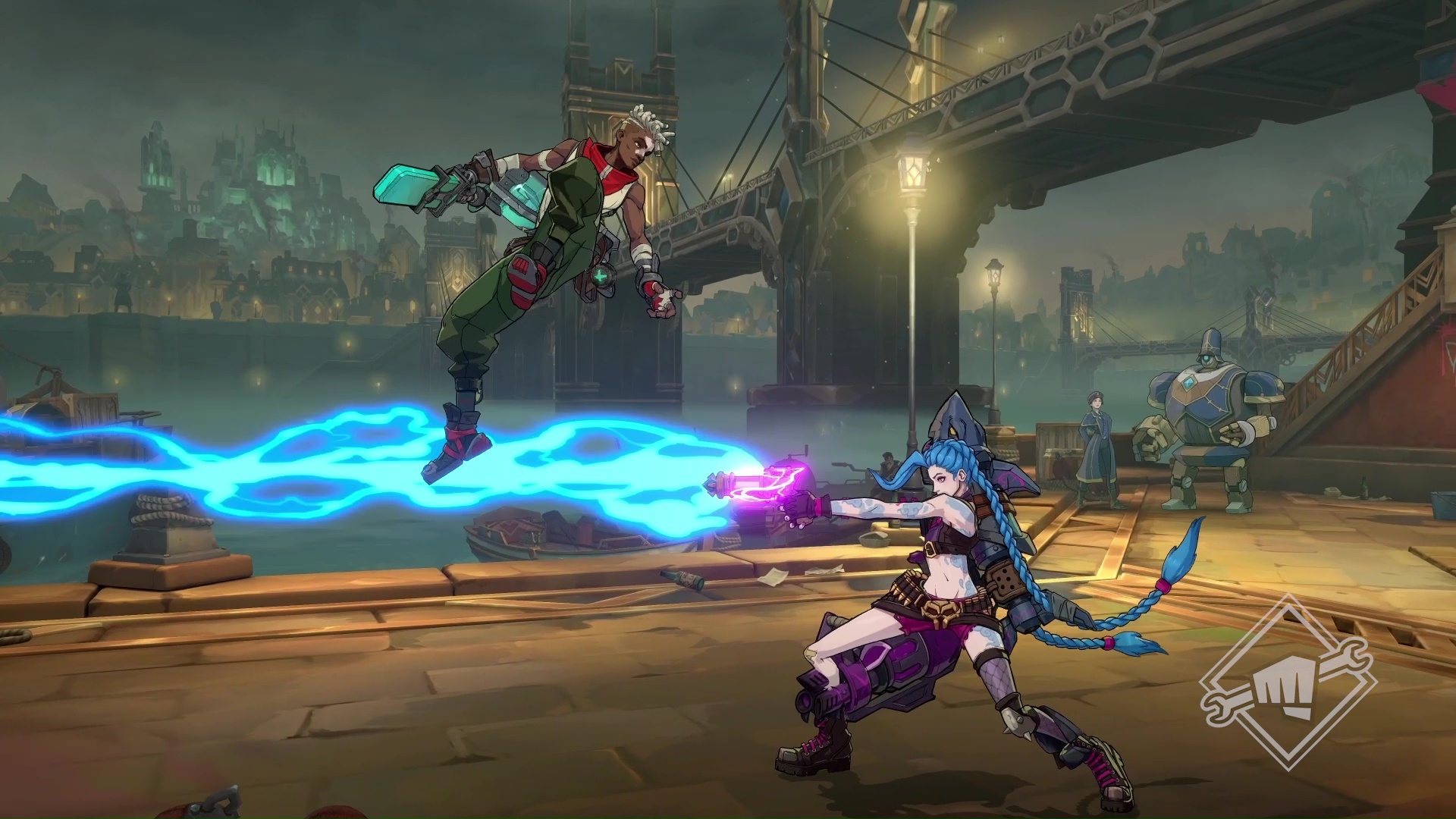
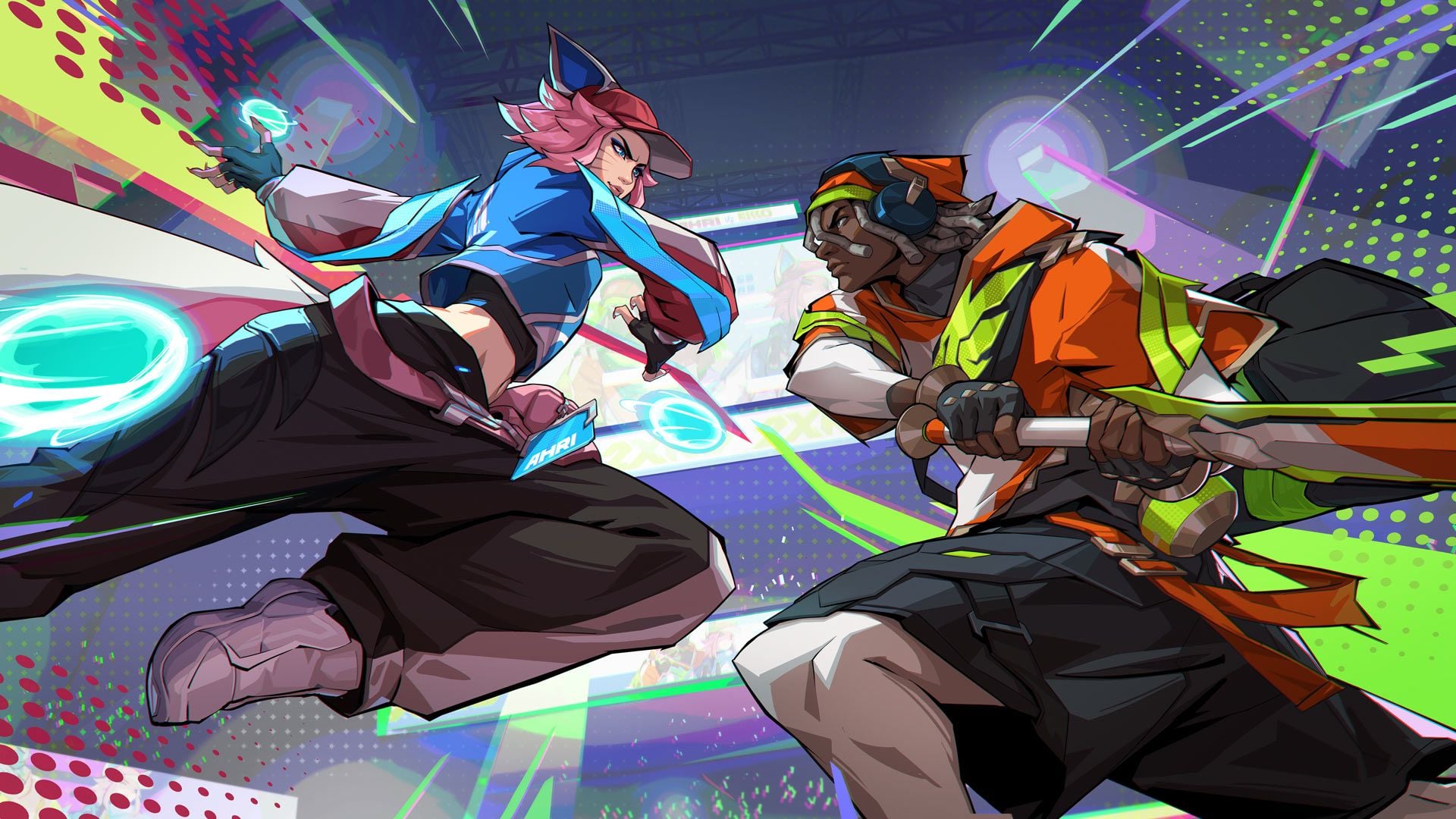


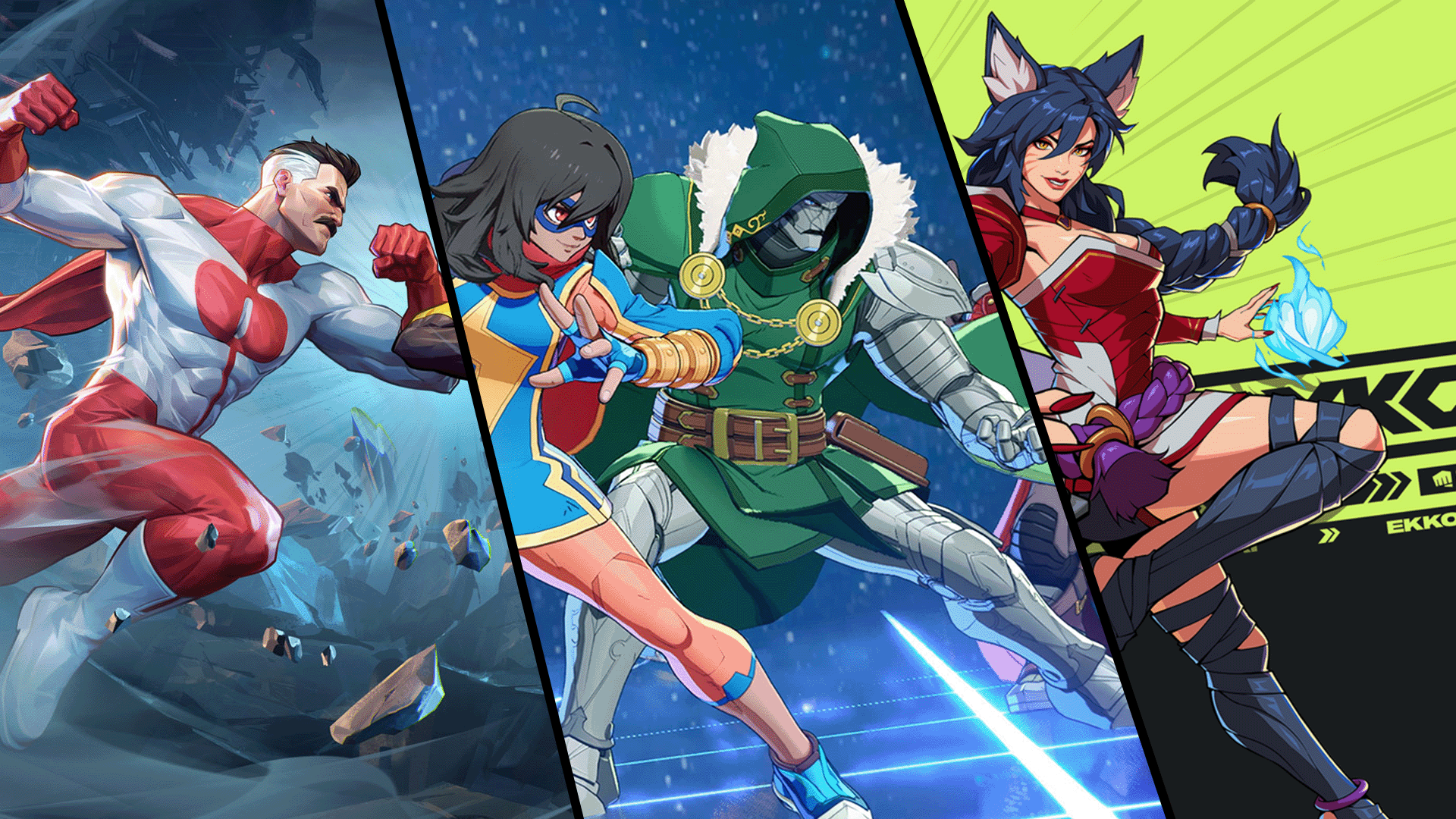
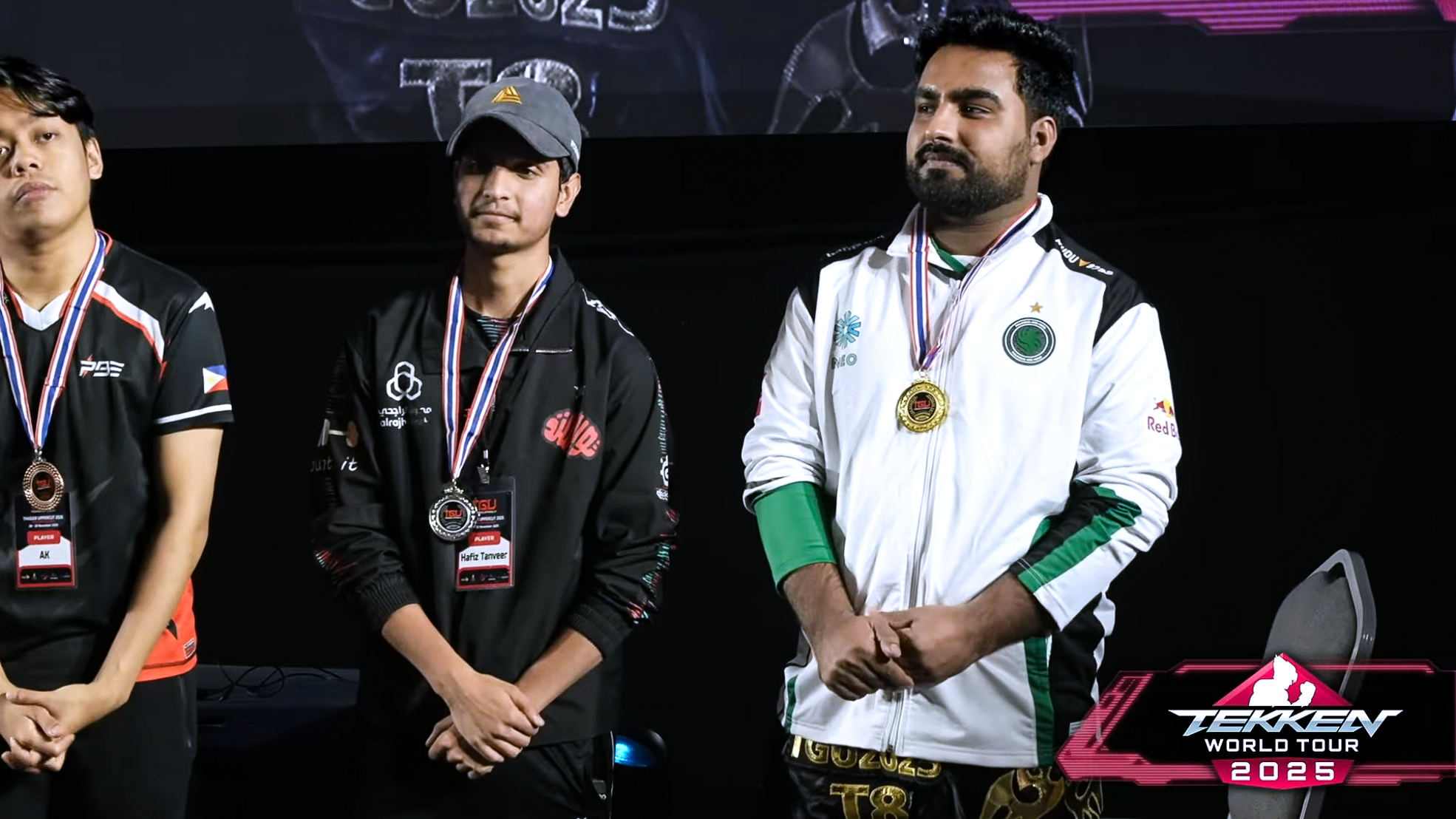
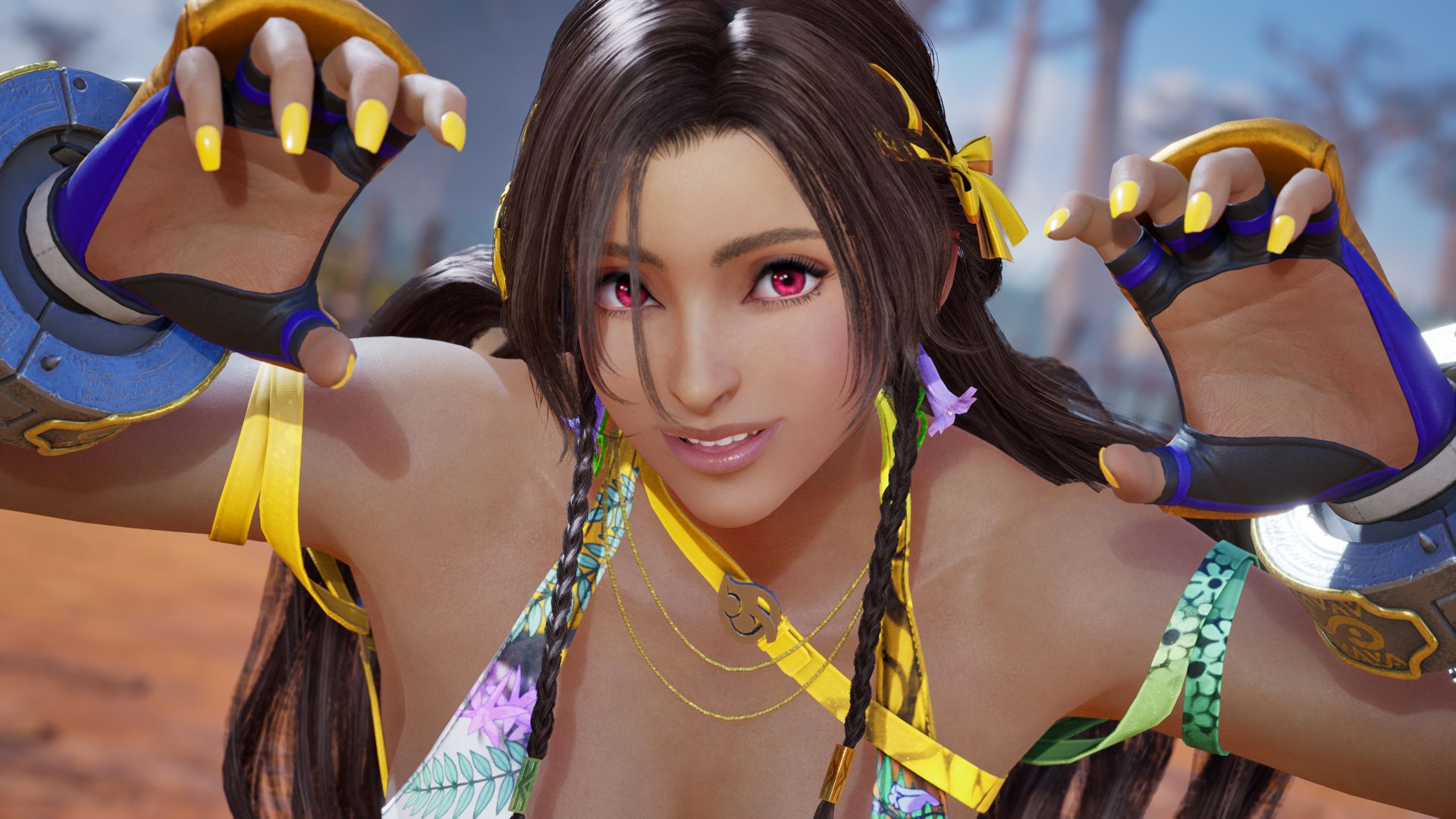
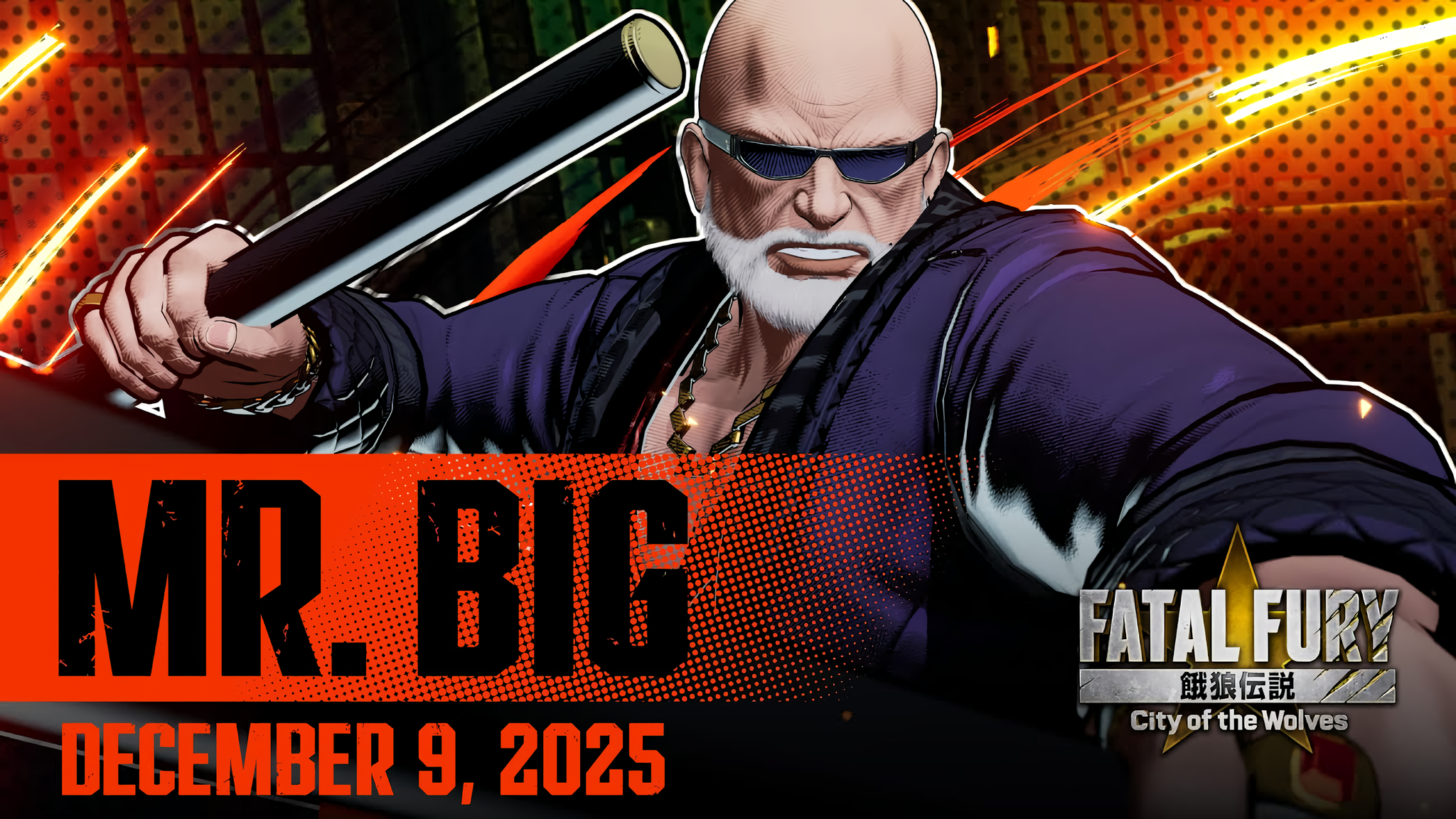
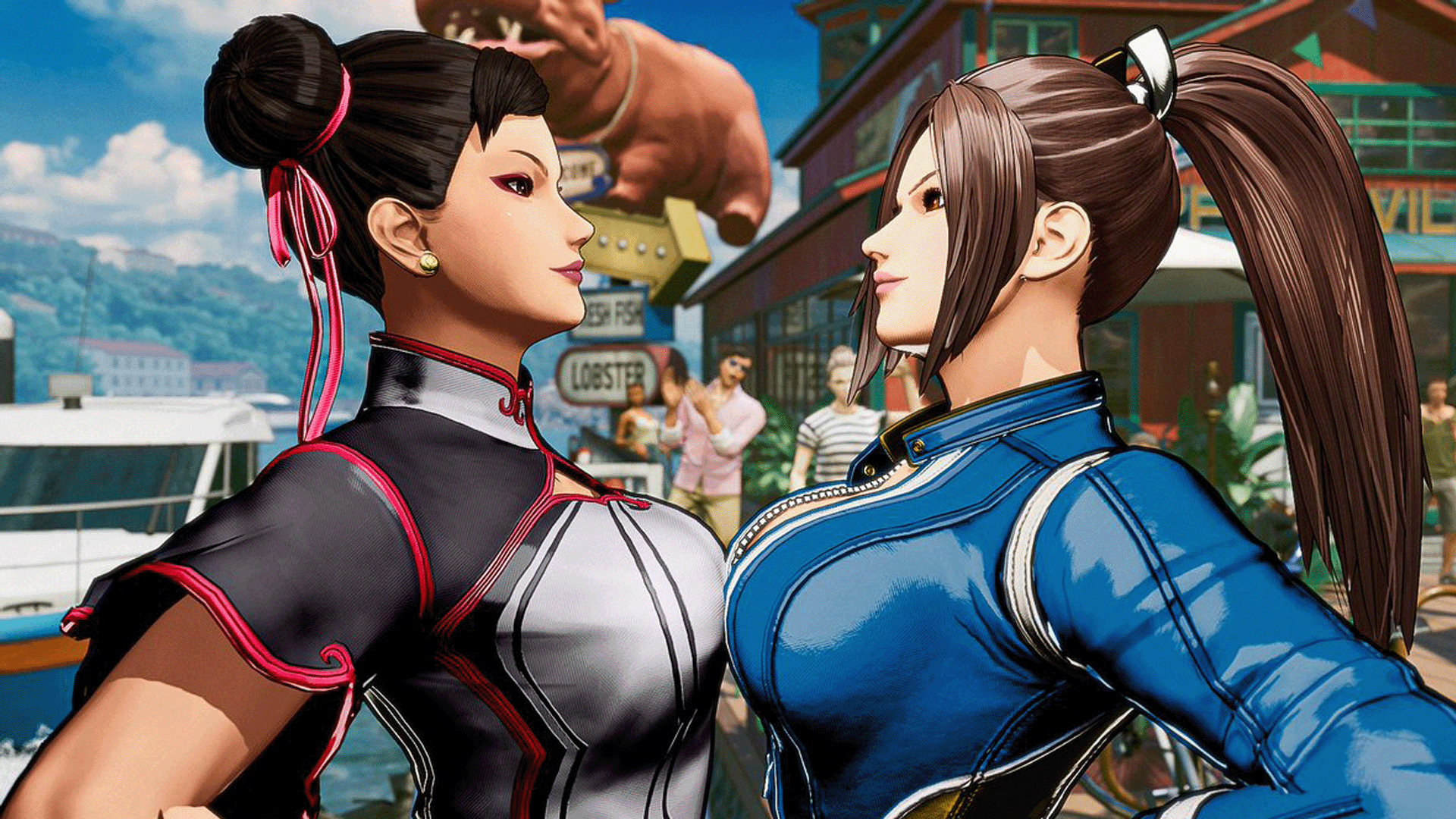
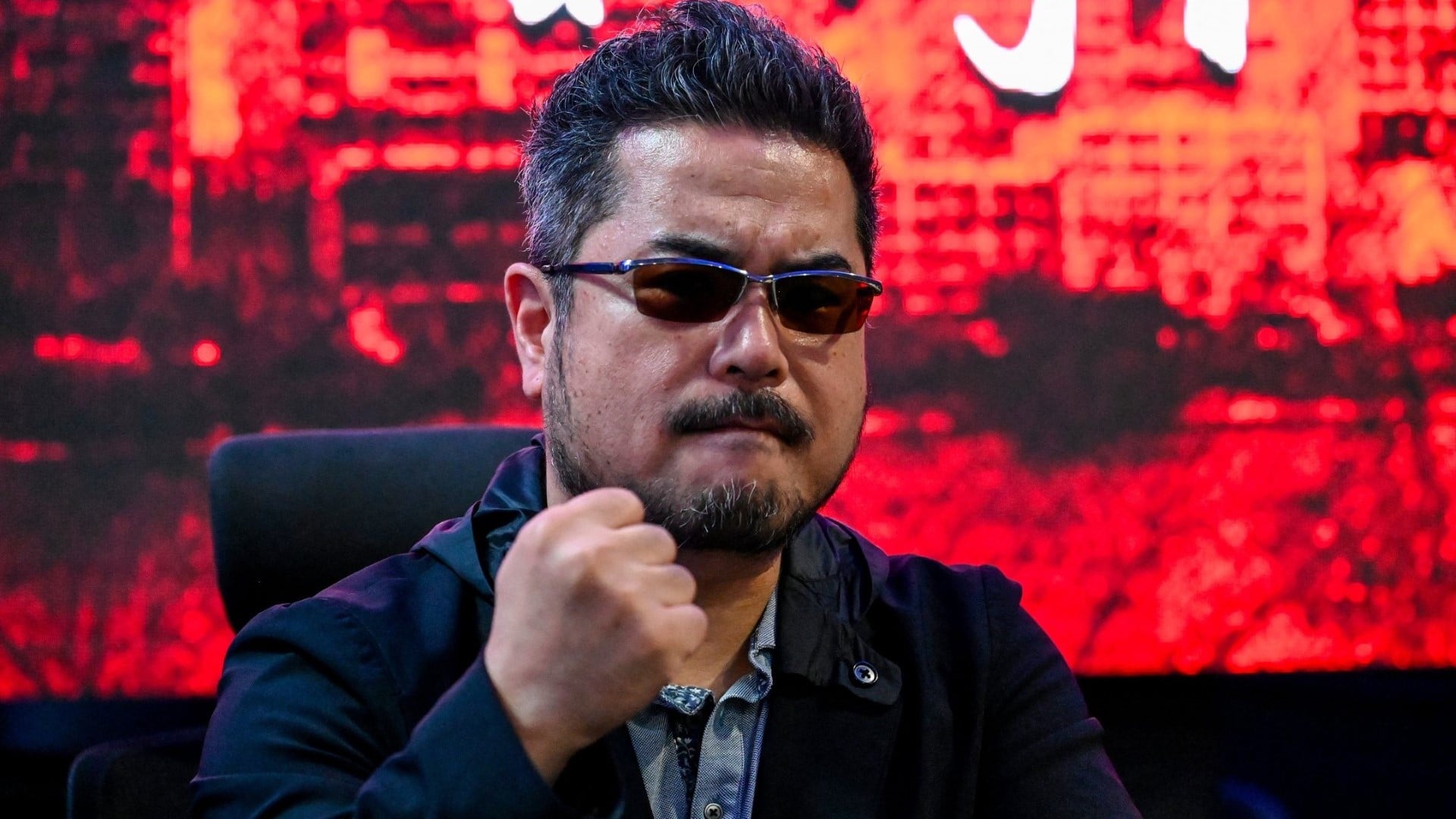

Published: Nov 20, 2021 08:11 pm